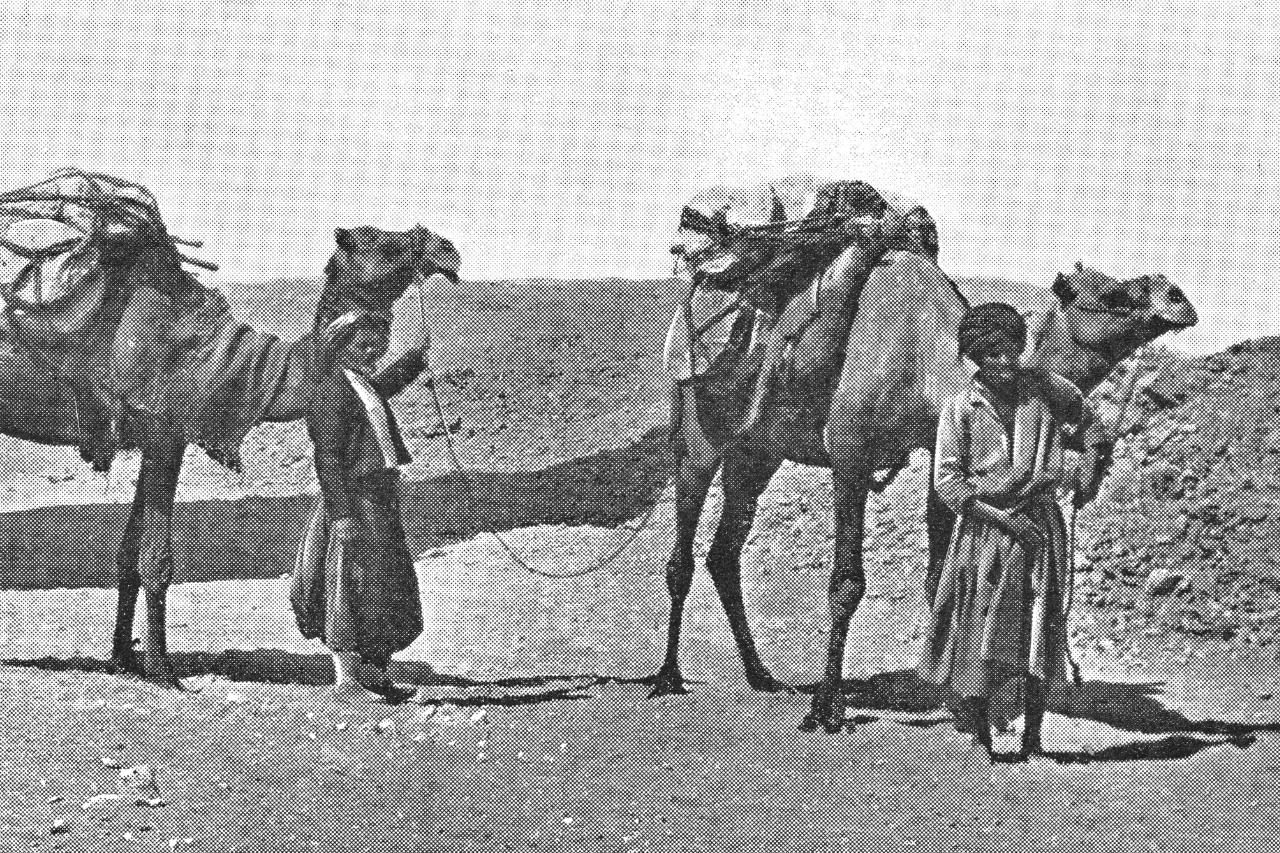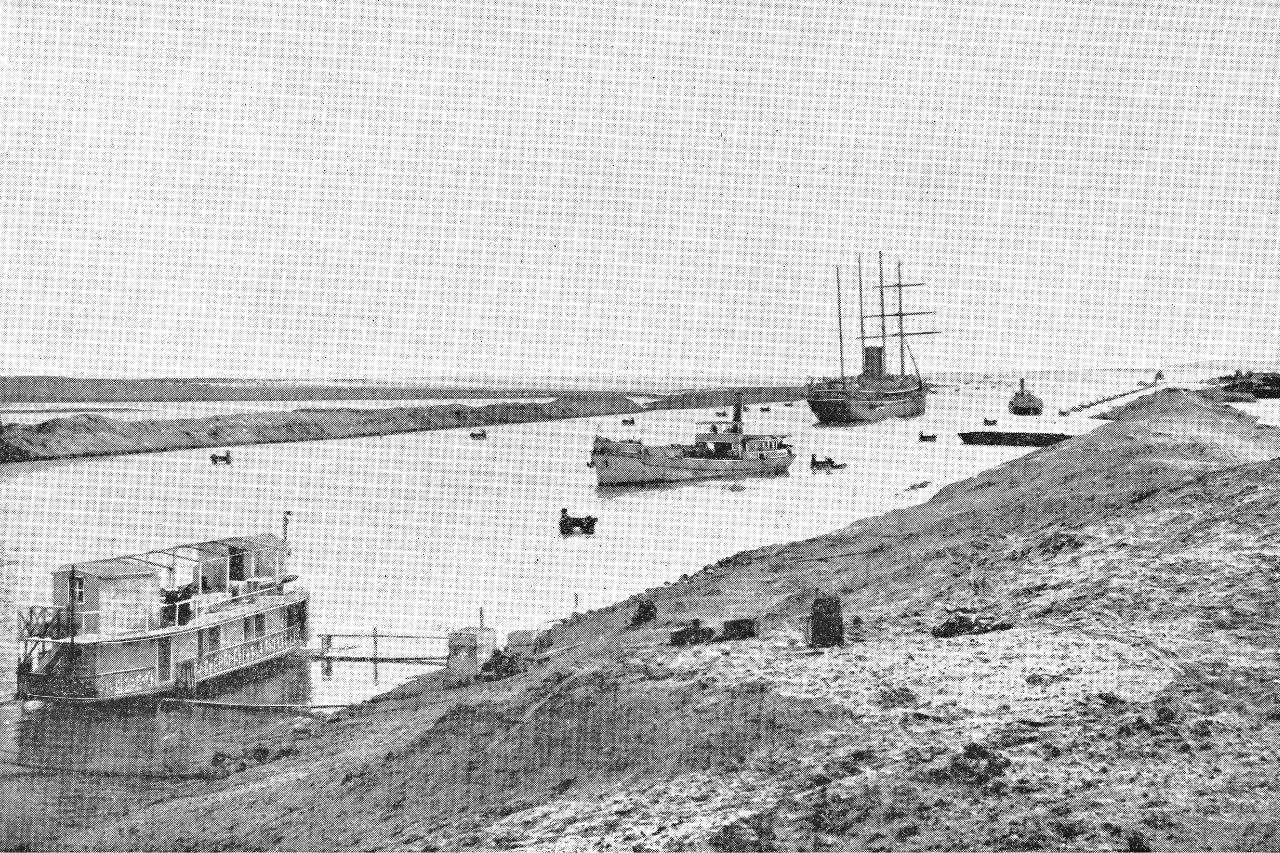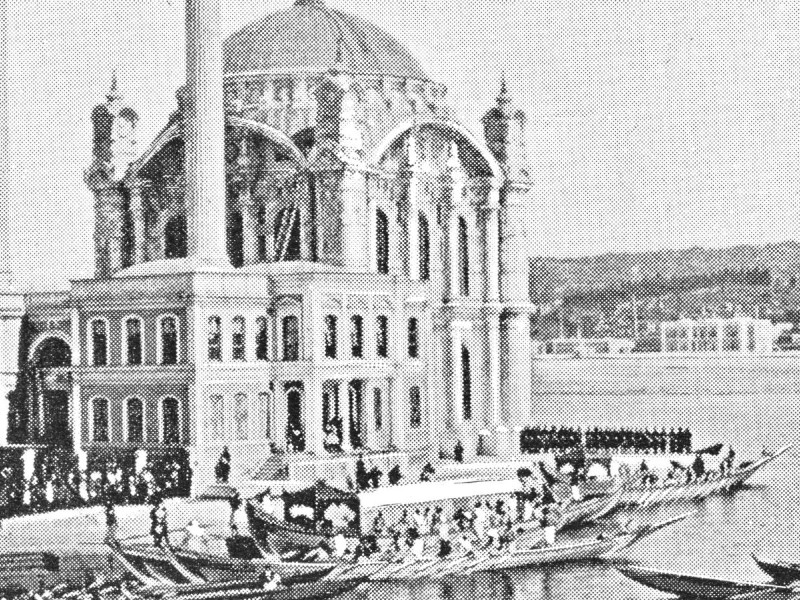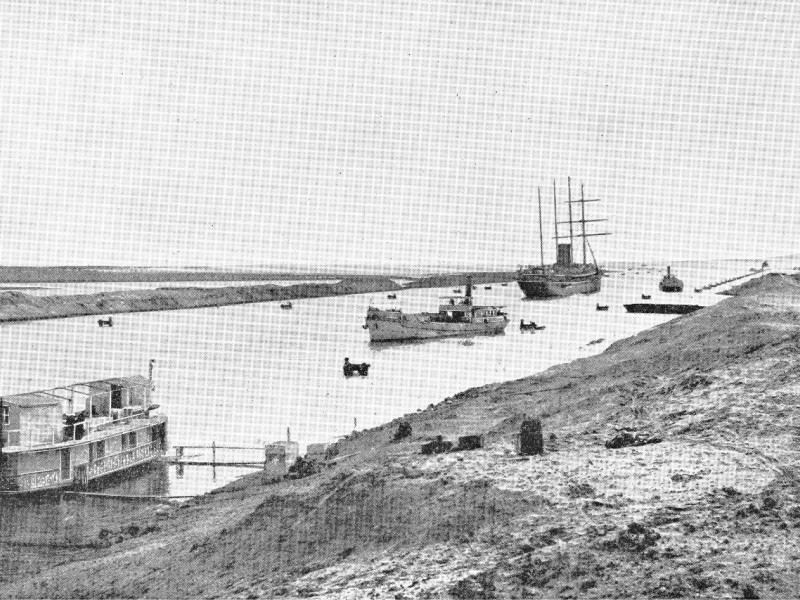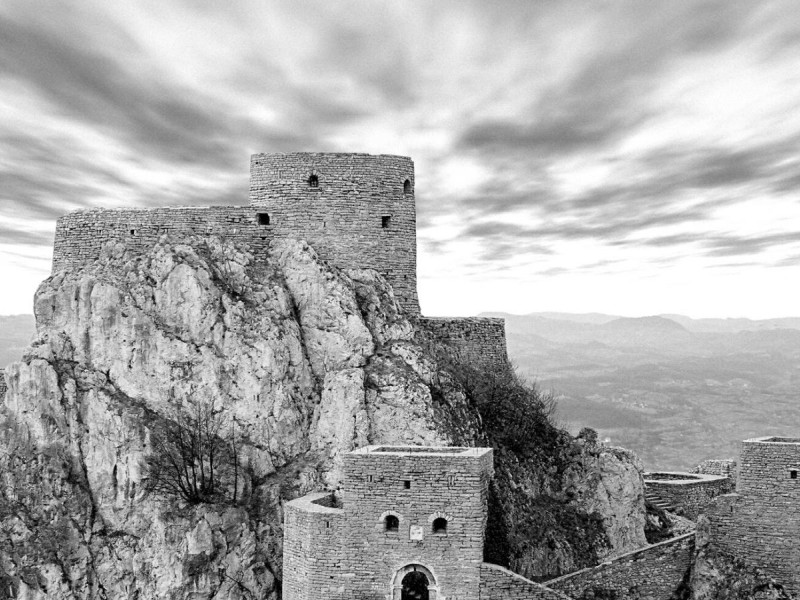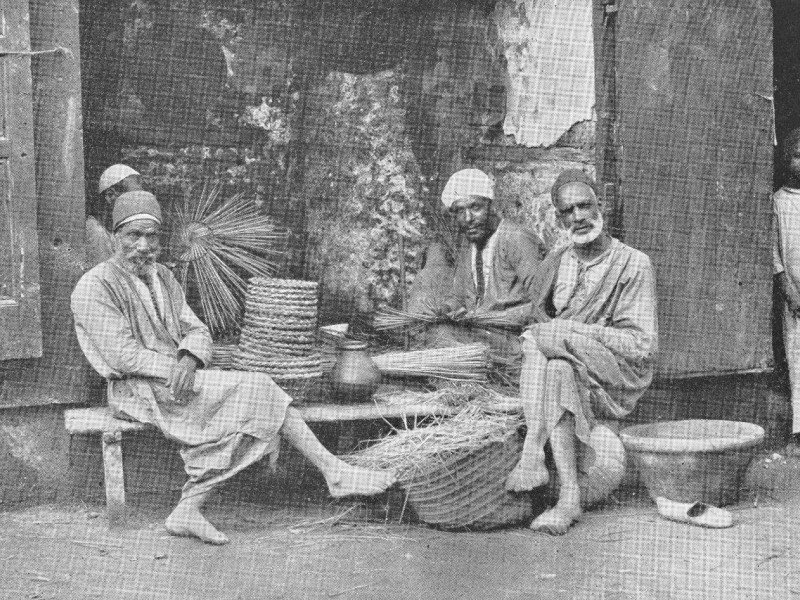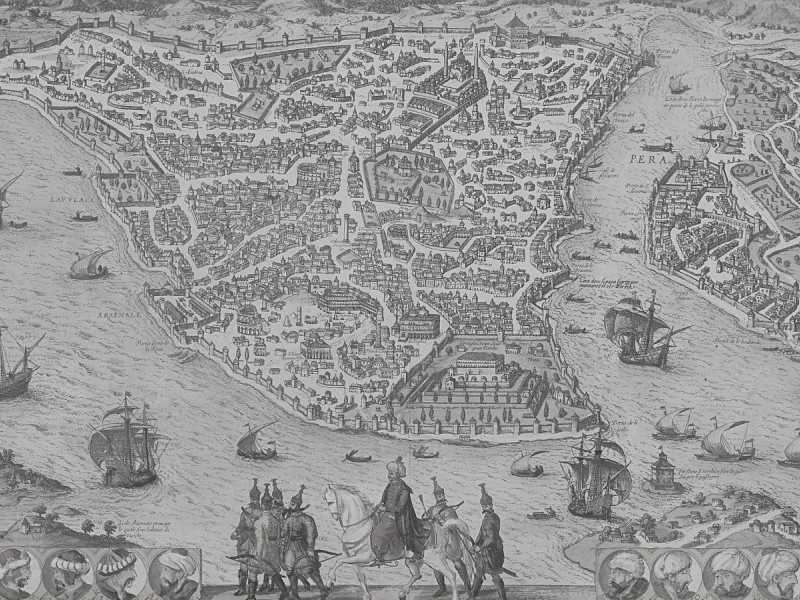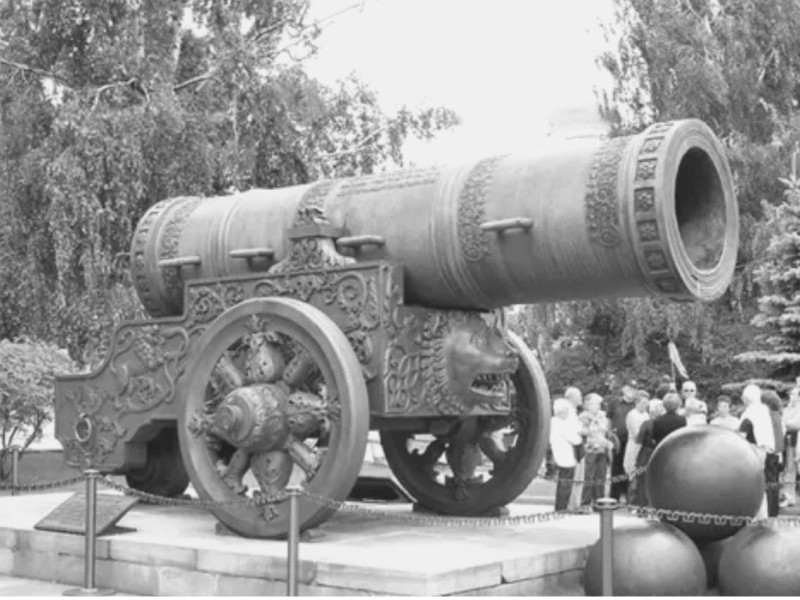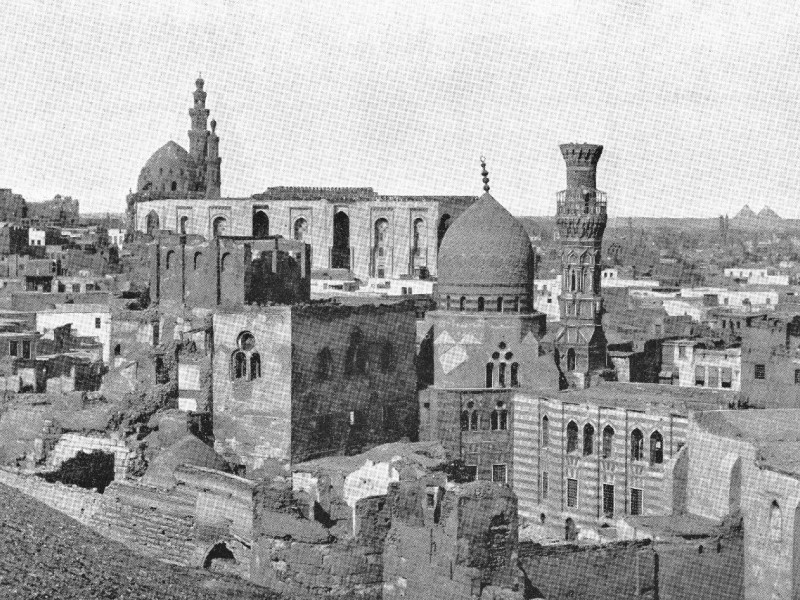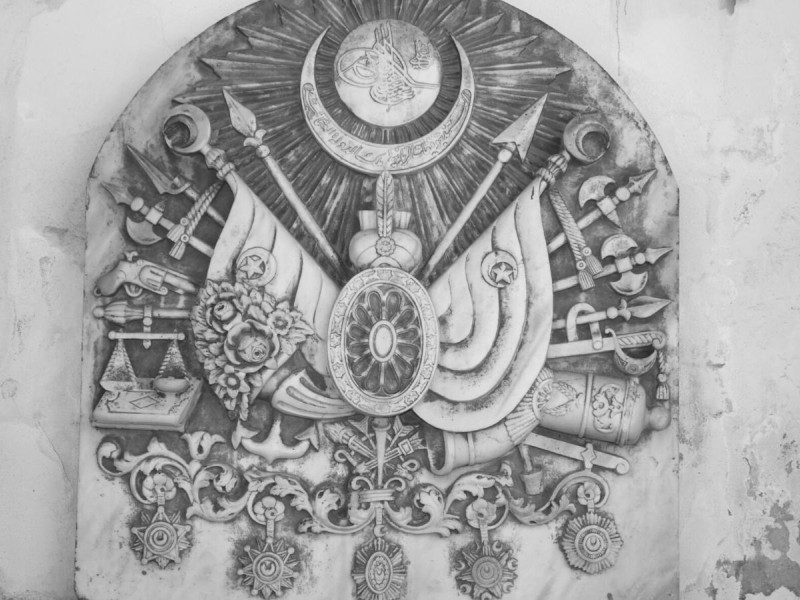Ottoman Empire Trade Routes: Farming and Trading via Land and Sea
The Ottoman Empire trade routes grew from the narrow streets of Anatolia to the Silk Road. The Ottomans were big on farming and trading, which changed their way of living and enabled to convert their tents into stone-walled houses.
In this article, we bring you all the details about the Ottoman trade routes, imports, exports and the economics of the Ottoman Empire trade goods.
What Did the Ottoman Empire Trade?
The Ottomans most famously traded silk, furs, cotton, spices and tobacco, according to various historians. They also imported glassware, gunpowder and medicines. These items were the most famous exports of the Ottoman Empire around the 15th century. The empire did not start from trading, but they developed it after they were stable and had growing power over the lands.
The earliest leaders of the empire advised against trading with anyone who was a non-Muslim because of religious purposes, but soon they understood the importance of the practice and started doing it.
Their trade tactics and professionalism brought them much profit and wealth and people were impressed by their work to a great extent.
Control Over the World Trade
Before the advent of the Ottoman Empire, world trade was dominated by the Europeans. The Europeans had strong ties with the Indians of the sub-continent, who played an important role in the world’s economy because of their dense population. The world saw many recessions and economic downfalls, but the Europeans were somehow still holding their place.
Among many other things the Ottomans brought to the world, one of them was their work ethic. They were exceptionally diligent and smart, which led them to take over world trade. They did not do this by procuring the items for import or export, rather, they took over the routes by which the trade in the Ottoman empire used to occur.
In those times, trading occurred in two ways: via land or via sea. The Ottoman traders took control of both routes. They were exceptional fighters so they took over the important land trade routes, and they were also amazing with ships so they took the seas route as well. All in all, the Ottomans were at the peak of their rule in world politics and trading around the 16th century.
Trade Routes Under the Ottoman Empire
The Ottoman Empire resources grew and the empire educated itself about world politics. Once they got out of their native wars, they now wanted to take over the world, or at least some part of it. The people of the nation were hardworking and knew many skills, one of which was trading, both through land and sea.
As the empire was surrounded by the Mediterranean sea, the only way forward was to utilize all of its resources. The Ottomans did just that. Their armies began covering the sea as well as they covered the land.
Here is a detail of trade routes under the Ottoman Empire via land and sea:
Land
The Ottoman Empire was at a very important location on the world map as it joined the east with the west, so every trade that happened between them had to pass through the empire. Now this question arises: why did the traders not take any alternative trade routes?
The answer is that the other routes were not well constructed or guarded enough for safe passage.
The Ottomans took control over the Silk route and imposed taxes on every cart of items passing through it. The Ottoman economy bloomed because of the traders’ taxes. Also, with the increasing demand of products inside the empire, the traders that were passing by started trading with the empire as well.
At the peak of the Ottoman empire, it had Greece, Bulgaria, Egypt, Hungary, Macedonia, Romania and Jordan under its governance, so one can only imagine the influence the empire had on world trade.
Sea
One of the major advantages of the Ottoman Empire was its direct link to one of the biggest seas of the world. It was also very convenient for use because multiple cities of the Ottoman Empire had a shoreline with the sea.
The Mediterranean sea served as the source of most of the trade carried out by the empire.
Not only the Mediterranean sea was under the control of the empire, at various times other important sea routes like the Black Sea, Red Sea, Persian Gulf and the Indian Ocean were also under Ottoman control. With the increasing power and population of the empire, an ever-increasing demand for products was seen.
The demand also became greater because the people now had wealth and were able to buy luxury items, not just necessities. As the demand for better products increased, the taxes also increased.
Imports and Exports of the Ottoman Empire
An empire thrives when its exports are more than that of its imports because this implies that the empire is self-sufficient and is only importing the necessary items. In the case when the imports become larger than the exports, the empire might have an economical problem. The Ottoman Empire went through both of these phases.
The Ottoman Empire started with very few to zero imports. One of the reasons for this is that the scholars advised against trading with anyone who was not a Muslim. This approach was not only harming the growing economy but also their relations with the world. The Sultan of that time scraped the law and gave instructions to start trading with anyone who is willing.
The following table contains a comprehensive list of all the important imports and exports of the Ottoman Empire:
Imports | Exports |
Medical Supplies | Cotton |
Gun Powder | Olives |
Glassware | Silk |
Woolen Cloth | Fur |
Clocks | Tobacco |
Mechanical Parts | Spices |
The Fall of the Ottoman Empire
With the passing of time, the imports and exports of the Ottoman Empire varied because the empire started producing raw materials for most of the imports.
The other important thing is that when the Ottoman Empire started to decline, one of the reasons for the decline was the enormous debt it was under. The debt was so huge that even if they emptied their empire’s reserves, they would not be able to pay it off.
The reason for this huge debt was that the Ottoman empire deviated from its path and those in power were swayed into indulgences and became power-hungry. This led the Ottoman empire to decline and vanish from the face of the world. Even though the Turks stayed and rose to power under a new name, the Ottomans, however, disappeared.
History
To fully understand how the Ottoman empire reached such glory in the trade sector and controlled the best trade routes of the world, we must first learn how they came to be.
The Rise of the Ottoman Empire
The Ottoman Empire started from a few tribes in Anatolia that were united by Osman I under the banner of Islam. He called upon the neighboring tribes to help him spread the word of Islam, managing to unite many men and laying the foundation of the Ottoman Empire in the 13th century.
The empire began from humble beginnings and rose to become one of the world’s most famous empires. They ousted the crusaders from the land and started trading with neighboring countries. Among many things, the empire gave rise to exceptional governance policies and art.
One of the reasons that the Ottoman Empire rose to such heights of glory was its geographical location. It was an optimal position from an economic point of view because it joined the East and the West. It became the corridor of new and improved trade and its policies. The empire eventually transformed its status and became a wealthy nation.
Ottoman Empire Trade Routes Today
The Ottoman Empire had its eye on world dominance and they tried their best to accomplish that. They failed because of their disregard for world harmony and also equality when they took over the Silk Route when it was for the world to use. Many examples of misdemeanor and misuse of power are present in history books as well.
Today the Ottoman Empire is known as Turkey. Turkey lives on some of the same principles as set by the Ottoman empire, the only difference between the two is that Turkey is keeping more to itself.
The trade routes that they have are the same as many other countries, and no one is claiming a full stake in any natural route or commodity. This may be the reason for Turkey to be considered among the rising economic powers of the world.
In other words, the key to a successful economy is not total control over trading routes but the quality of the trading items and exceptional business acumen. If an empire or a country can manage to do so then well and good, but if they want to control and govern the routes, they might just end up with the same fate as the Ottoman Empire.
Conclusion
The 16th century was when trade bloomed in the empire, and it was surely because of the optimum use of both land and sea routes. The Ottoman traders learned to utilize these routes to their advantage.
The Ottomans imported medical supplies, gun powder, woolen clothes, glassware and mechanical parts.
They exported cotton, spices, fur, silk, olives and spices.
Ottoman traders used the Silk Route for most of their trading by land.
The Ottomans used the Mediterranean Sea for their trade by sea.
The Ottoman Empire came into being in the 13th century.
The Empire rose to the peak of power in the 16th century.
The Ottoman Empire fell from grace when it went bankrupt, but its legacy lives on and the mark they left on history will never be erased.
